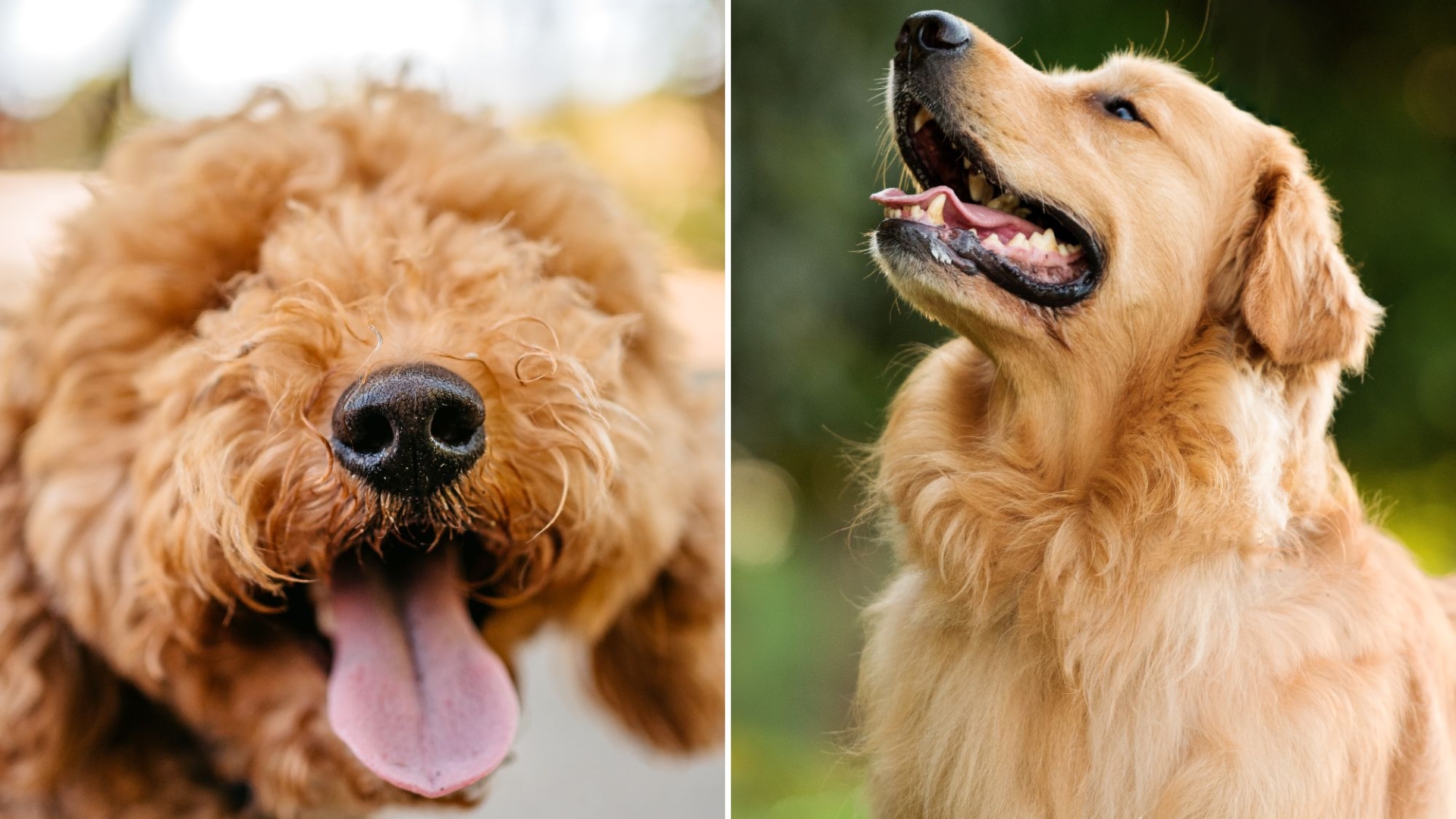Dog experts have revealed the breeds that grow the most when they’re puppies – some shoot up 900 percent.
Push lovers can go all out on that adorable little ball of fluff, but things can change drastically when that cute puppy turns into a grown-up.
In a survey by Petplan, 60 of the UK’s most popular and common dog breeds were measured at eight weeks old and again at one year old.
The most weight gainers were labradors, which shot up 900 percent from puppyhood to adulthood.
Labrador Retrievers and Rottweilers weren’t far behind, with their bodies changing by 700 percent and 692 percent over the same period.
The research is based on the fact that pet centers around the UK are full of abandoned cats and dogs.
Rehoming centers are surrendering their pets at an unprecedented rate since the 2008 crash, with cash-strapped Britons looking to save and believe the continued cost of living has exacerbated the situation.
For this reason, the experts at Petplan believe that it is important for people to know how much money and effort, as well as space, is required for certain species.
Joe Nutkins, a dog trainer at the Kennel Club, said large dogs can cost up to 50 percent more than smaller breeds when it comes to leads, collars and other essentials.
Joe said MailOnline“When choosing your breed of dog or type of dog, it’s important to remember that they grow up to have different needs.
“A small dog will cost less because of the collar, bed or coat materials, medication required per dose, and the daily intake of food and treats.
“A large dog can add up to 50 percent to the cost of similar items, so it’s worth factoring this in when choosing your next puppy or adult dog.”
Dog breeds that gain a lot of weight
labrador 900%
Labrador Retriever 700%
Rottweiler 692%
Greyhound 650%
pug 600%
Border Collie 600%
Golden Recovery 580%
Cavalier King Charles Spaniel 550%
Newfoundland 547%
Great Denmark 533%
While dogs like Labradoodles can be a handful when they reach adulthood, at the other end of the scale, there are breeds that don’t grow as they age.
A cross between Mini Cavapoos, Mini Poodles, and Cavalier King Charles Spaniels will gain 50 percent of their weight from eight weeks to one year of age.
A Chihuahua gains 100 percent in weight, while a Staffordshire Bull Terrier gains 118 percent.
Large breeds of dogs
English Spring Spaniel 317%
Golden Recovery 267%
Weimarner 257%
Doberman Pinscher 243%
boxer 243%
Saint Bernard 225%
Greyhound 225%
Bernese Mountain Dog 225%
German Shepherd 214%
Yorkshire Terrier 200%
Mr. Nutkins also stressed that pet owners should be aware that spending and exercise needs can affect other needs.
He told the broadcaster: “Fitness levels vary from dog to dog, not just the breed. A Jack Russell Terrier can be more active than a Greyhound or Mastiff breed for longer periods of time.
Mr. Nutkins added that while the cost of walking your dog or playing games with him at home is free, people should consider other expenses you may need to pay, such as dog walking, paying for dog training lessons or even hiring a safe field.
The research by PetPlan used data from the Kennel Club and HelloBark, as well as the pet insurance company’s own professional sources.
The study only looked at male puppies and adults and excluded female dogs.
Experts have observed changes in altitude, which affect bedding and other essentials for pets.
English springer spaniels have been seen to grow more than three times as young as puppies, while golden retrievers have grown by 267 per cent.
Border Collies increased by 13 percent, while Pugs increased by 25 percent and Poodles by 50 percent.
“If you’re thinking about bringing a dog into your family, spend time researching the breed you’re interested in to see how big a puppy will grow or whether it’s a rescue dog size,” says Mr. Nutkins.
